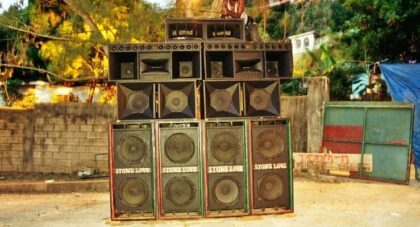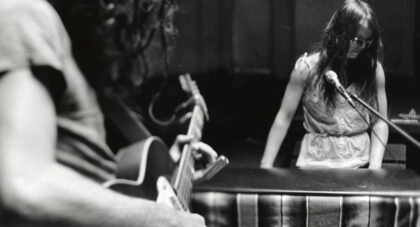Given their mastery of the archival compilation record, it should be no surprise that Numero Group would eventually dive into exotica, releasing Technicolor Paradise: Rhum Rhapsodies & Other Exotic Delights in 2018. Exotica is a perfect pairing for Numero Group's statement of intent: a hyper-specific subset of music that quickly came in and out of vogue, reflecting a bygone era's style and cultural context. More so, due to its short lifespan as a commercially viable genre, much of exotica is largely uncharted, and in these uncharted waters of adrift songs, a label such as Numero Group sets its . . .
Only the good shit. Aquarium Drunkard is powered by its patrons. Keep the servers humming and help us continue doing it by pledging your support.
To continue reading, become a member or log in.


